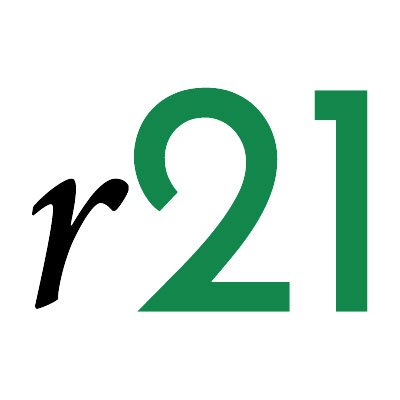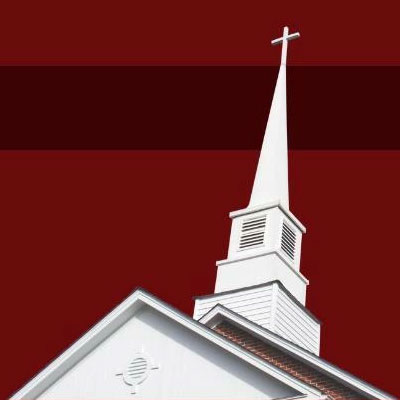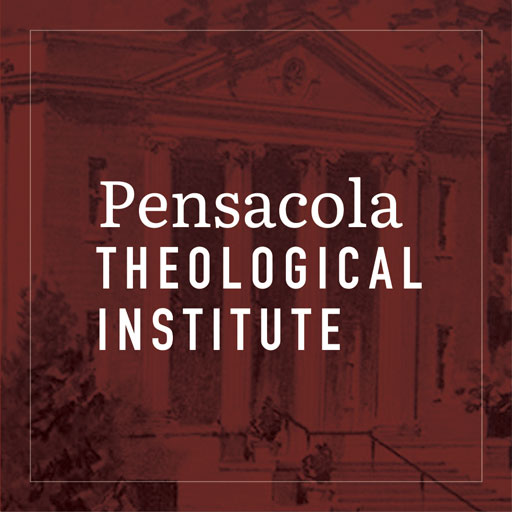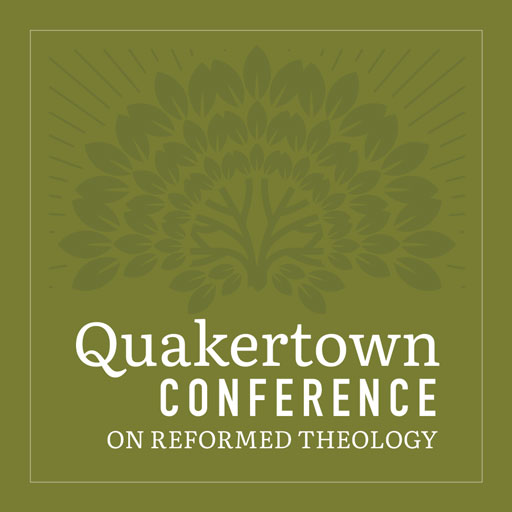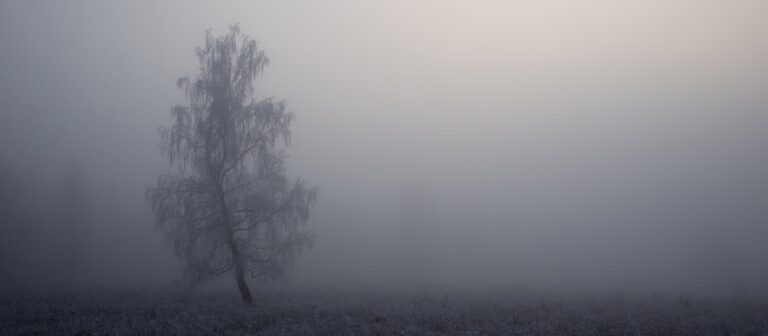
Maria Fearing and the Mission to the Congo
Maria Fearing and the Mission to the Congo
If you think you are too old for something you wish to do, Maria Fearing can prove you wrong. She learned to read when she was 33 and became a missionary at 56. She would have continued until her death if the Presbyterian mission board hadn’t stopped her when she was 77. Far from being done, she continued to teach Sunday School for another 16 years.
From House Servant to Primary School Teacher
Born into slavery on July 26, 1838 on a plantation near Gainesville, Alabama, Maria spent the first thirty years of her life working as a house servant and nanny for six of the eight children of the Winston family. To do so, she was separated from her parents, Jesse and Mary, who worked for the same family in the fields.
The Winstons were Presbyterians, so Maria grew up hearing the children repeating Bible verses and the catechism, listening to hymns and missionary stories, and sitting in the back row of the church pews on Sundays.
She moved to Gainsville immediately after emancipation, working as a live-in maid. Five years later, at age 33, she discovered that the Freedman’s Bureau School (Talladega College), in 1865 by two former slaves, provided literacy courses to African Americans. She then quit her job and traveled 150 miles by either wagon or on foot, because the train was too expensive. As many other students, she financed her studies by working on campus. There, she started a close friendship with two class-mates: Lucy Gantt, who later married the missionary William Sheppard, and Lilian Thomas. The disparity in age (Lucy and Lilian were 29 and 34 years younger than Maria, respectively) made no difference in their relationship.
Eventually, Maria learned enough to be able to teach children in the rural schools of Calhoun County (even though she never earned a formal teaching degree). This policy was encouraged at a time when basic literacy of former enslaved people was seen as urgent. By living frugally, Maria saved enough of her earnings to buy a home.
A Missionary Vision
In 1894, William Sheppard spoke at the college about his service in the Congo (Zaire) and asked for volunteers to join him. At that time, Mary was 56 years old – an age when most people today think about retirement. With a small body weighing about 90 pounds, she also looked frail.
Once again, she didn’t see any of these conditions as impediments, and applied for the position. She didn’t even let an initial denial deter her, but continued to insist until she was approved, on condition that she was self-supporting.
Her only possession was a house she had bought in Anniston, and she didn’t hesitate to sell it. With that money, plus $100 donate by the women of the Congregational Church in Talladega, she was able to pay for the one-way trip from New York to the Congo and support herself over the first two years, until the Southern Presbyterian missionary board recognized her as a full missionary and began to send her a salary.
The trip from New York to Luebo, in the Congo, lasted over two months. Fist, Maria and the missionary team (which included William and Lucy Sheppard and Lilian) changed ships in London. Once they reached the Congo, they had to travel 1200 miles inland, by wagon, riverboat, and canoes, to their mission station. At the mission, Lilian and Maria were housed together in a mud hut. Soon after their arrival, they began to care for four young Congolese girls.
“Mother from Far Away”
Those were the days when King Leopold II of Belgium shamelessly perpetrated innumerable atrocities against the native population of the Congo in an effort to force them to work harder and produce more rubber. The hands of workers, including women and children, were regularly amputated when their quota of rubber was not met. Many others were killed, for a total of about 10 million deaths.
All this was still largely unknown to most of Europe and the United States. Even was not directly affected, but the missionaries could often see large groups of forced laborers being marched through their area. But William Sheppard, who took frequent trips to other areas, was aware of the situation and was one of the several missionaries who made the news of this atrocity public. His photos, taken with a Kodak camera he had bought before his first trip to the Congo, shocked the Western world.
Maria used some of her savings to rescue young captives from a group of mercenaries known as Zappo Zap, who provided Leopold’s government with slaves and acted as tax collectors. They were fierce warriors who didn’t hesitate to resort to torture and burn down whole villages if the inhabitants didn’t comply with their demands.
Before Maria’s arrival, the mission had already rescued 44 children, but had to stop for lack of supplies. Maria’s financial help and her willingness to care for the children were an answer to prayer. Besides sharing the gospel, Maria and Lilian taught the girls to sew clothes and quilts, grow vegetables, and perform other housework chores. When Zappo Zap soldiers barged into their home looking for a runaway slave, Maria and Lilian stood up to them and acted as witnesses against them. Another time, when the mission feared a Zappo Zap attack, she organized the girls in a prayer meeting, reciting Psalm 91 together.
To achieve her goals of helping the girls and spread the gospel to others in her area, Maria learned the Baluba-Lulua language. She also wrote articles for missionary papers, sent updates to her supporters, and contributed to a translation of the Bible in the local language.
Her main contribution, however, was the expansion of a Home for Girls that two white missionaries had started. The home included several bedrooms that could hold six to eight girls, some rescued from captivity and some belonging to local families. The classes, taught by Maria, Lilian and Lucy, included basic literacy, Bible studies, catechism lessons, and practical knowledge. The girls’ education continued at the mission school.
Under Maria, Lilian, and Lucy, the school saw an unparalleled increase of students. This might have been due to the teachers’ race or methods of teaching, or both. By 1903, the school had 203 students and had to employ new teachers.
The girls called Maria Mamu (“mother”) or Mama Wa Mputu (“Mother from far away”). She identified with the girls by keeping her hair as short as they did and wearing the same clothes they were learning to make.
Forced Retirement
Maria remained in the Congo for over twenty years, with the exception of a short fund-raising tour through Alabama in 1906. She was there in 1900, when William Sheppard took pictures of the atrocities perpetrated by the Zappo Zap people and sent them to Europe, risking his own reputation and position when the rubber company sued him for libel. Although Maria didn’t fight on an international level like William Sheppard, she stood up against slavery and abuse. In a letter, she expressed her anguish at the fact that parents were willing to sell their own children for a small gain.
The Southern Presbyterian Missionary Board’s insistence that white missionaries take over the work in the Congo – in spite of the accomplishments of black missionaries like Maria, Lilian, and William and Lucy Sheppard – caused some resentment. William Sheppard moved to another area, but Maria and Lilian stayed in Luebo. In fact, Maria’s positive interaction with the new white leadership was an example to others and promoted relations in what has been considered the first racially integrated Presbyterian mission.
She returned in the States for a second time of respite in 1915, together with Lilian and her husband, another missionary to the Congo. Maria, then 80, underwent some medical treatment, thinking it would improve her health as she returned to the Congo. But the missionary board didn’t think so. They believed she was too old for the task.
There might have been other concerns. Between 1910 and 1916, during the lingering Jim Crow era, the missionary board ordered the retirement of five other black missionaries, including Lilian and her husband, Lucius DeYamperts. Only one black missionary was hired between then and 1938.
Maria lived with the DeYamperts in Selma, Alabama, for nearly ten years. She continued to volunteer with a local Presbyterian church, where she taught a Sunday school class until age 93, taking a break only to recover from a hip fracture. She also kept corresponding with missionaries and raising funds for the work in the Congo.
In 1931, after Lillian died and Lucius remarried, Maria moved back to Sumter County where she was born and where she enjoyed the assistance of a nephew. She died on May 23, 1937, about two months before her 99th birthday.[1]
[1] Few writings by Maria Fearing are available. A short article she wrote in the Kassai Herald how some local customs filled her with surprise. https://static1.squarespace.com/static/5eb38e390317134fef4df566/t/5ecbe75cd6d7ad4f6c46c9c6/1590421341992/Fearing%2C+Maria%2C+Visiting.pdf An article by Lucy Sheppard describes some aspects of the Girls’ Home https://static1.squarespace.com/static/590be125ff7c502a07752a5b/t/5f147c11b4f17e3c86218491/1595178002071/Sheppard%2C+Lucy+Gantt%2C+The+Girls%27+Homes.pdf








